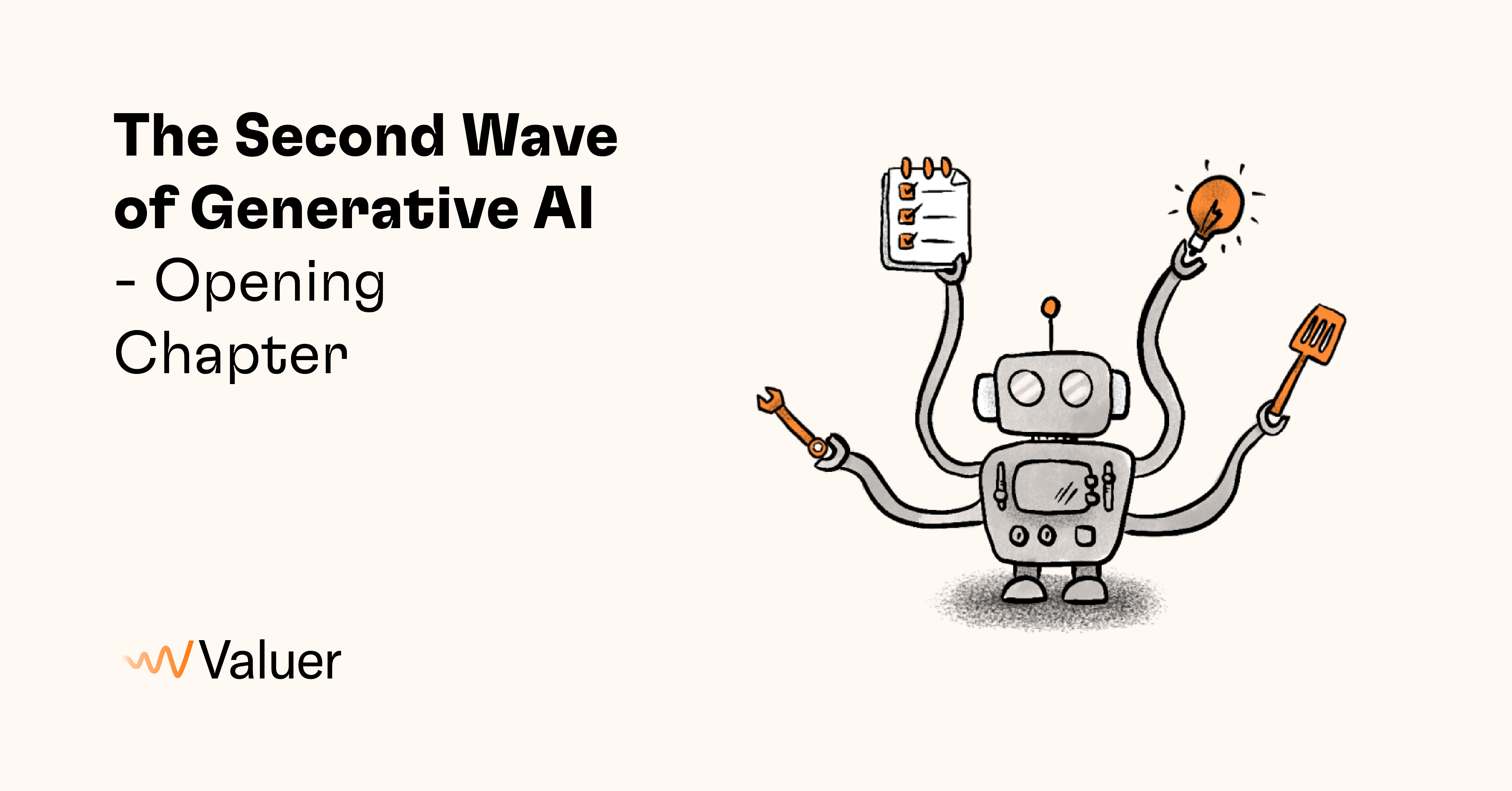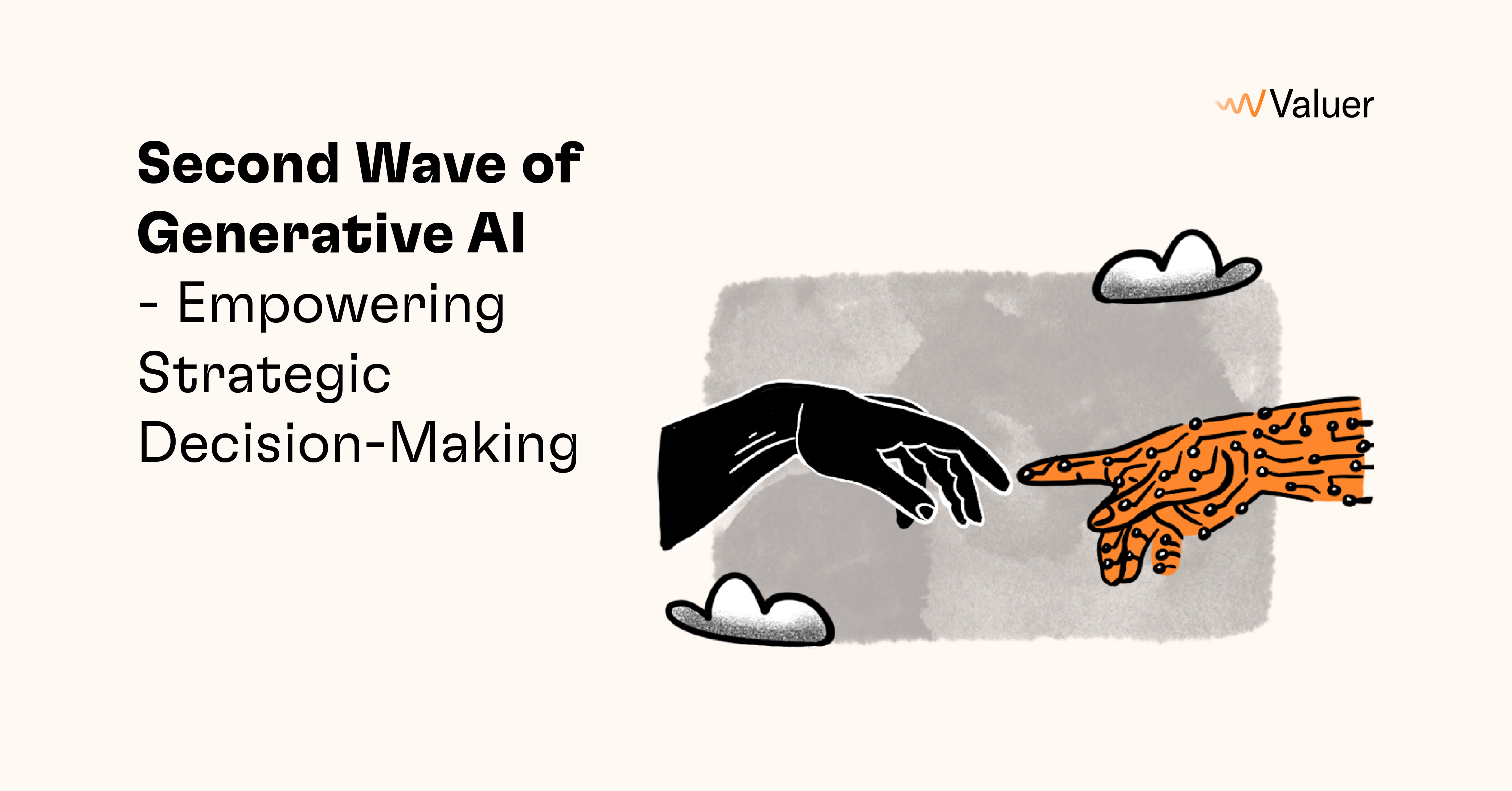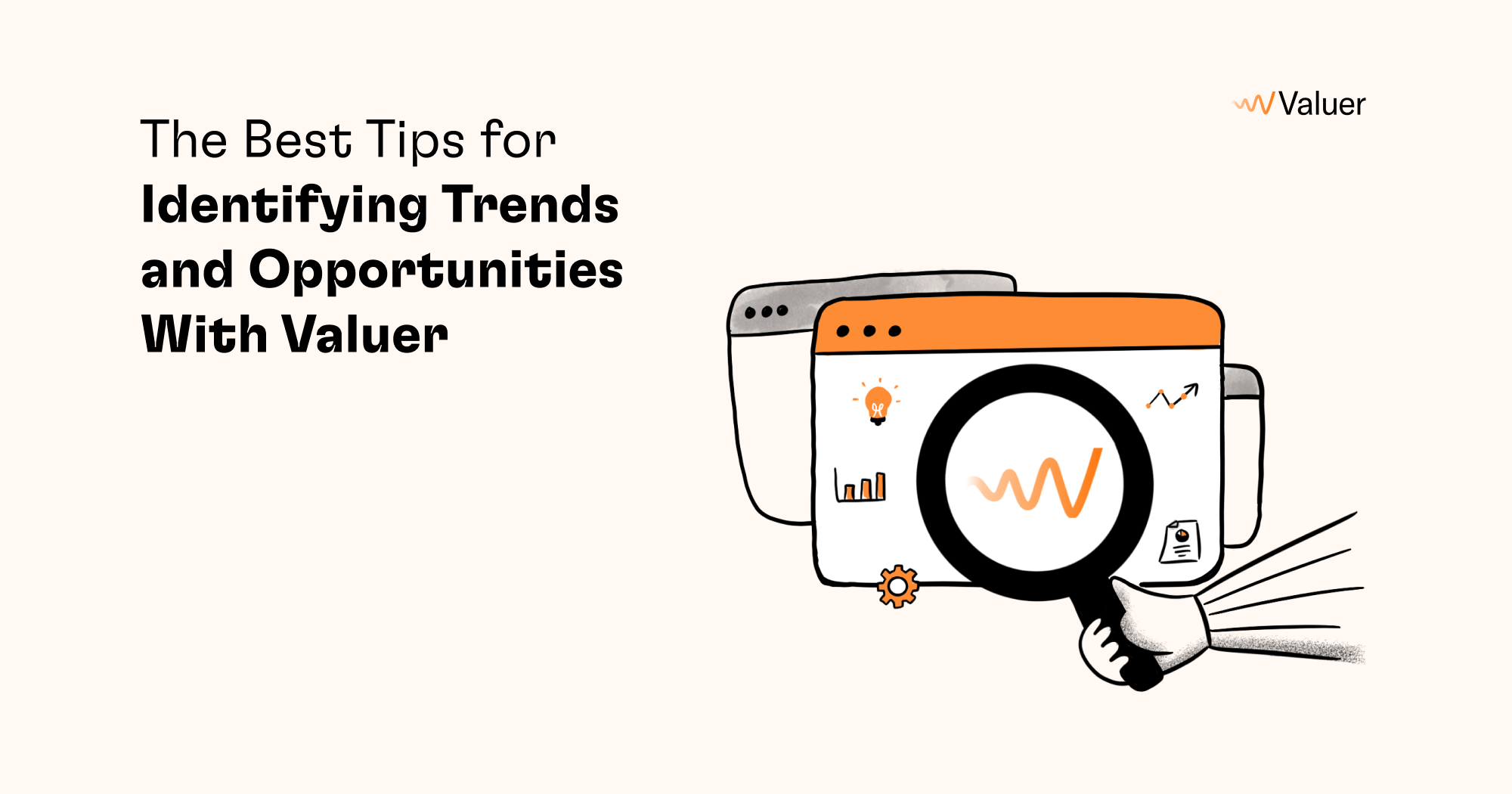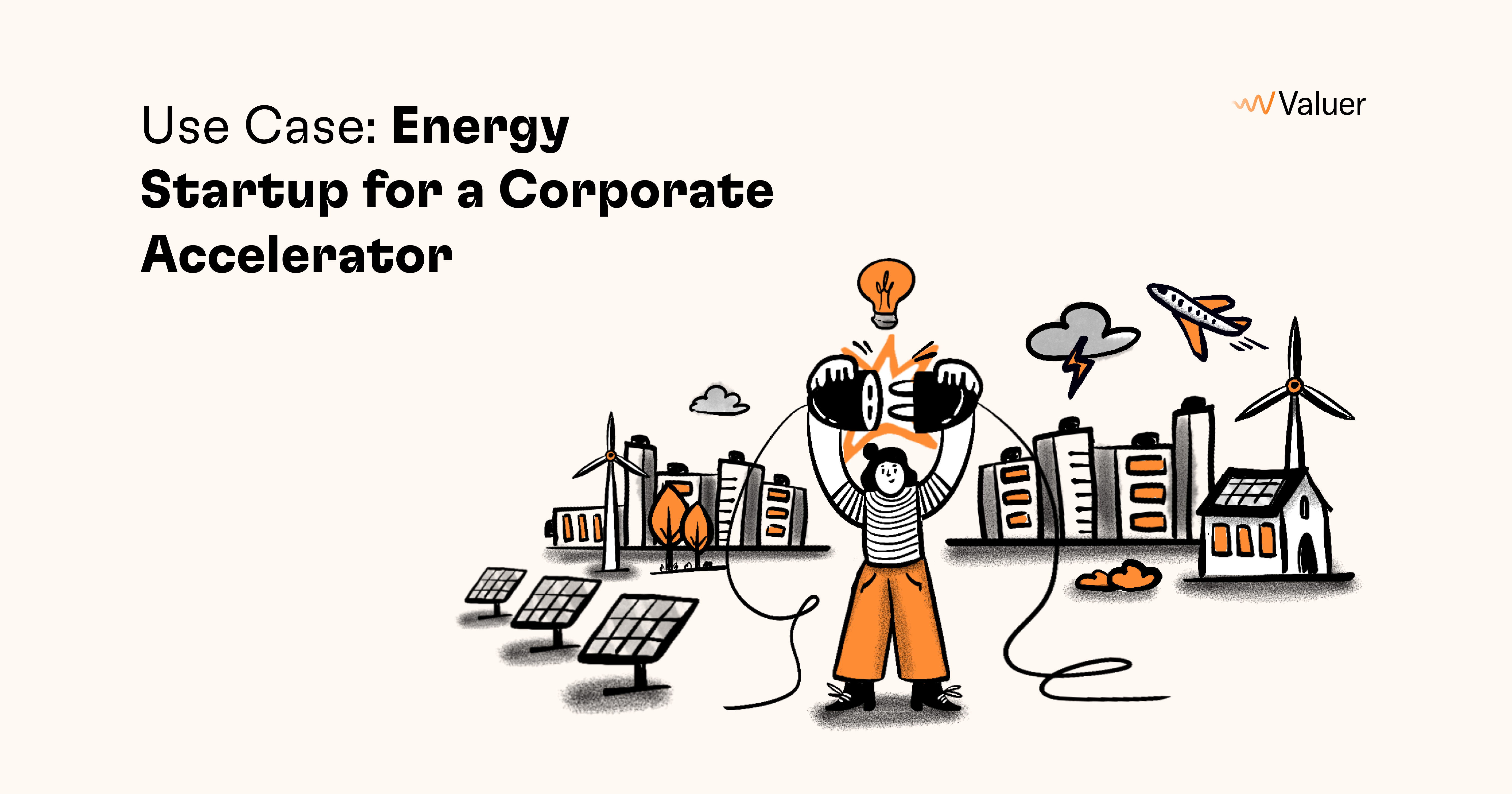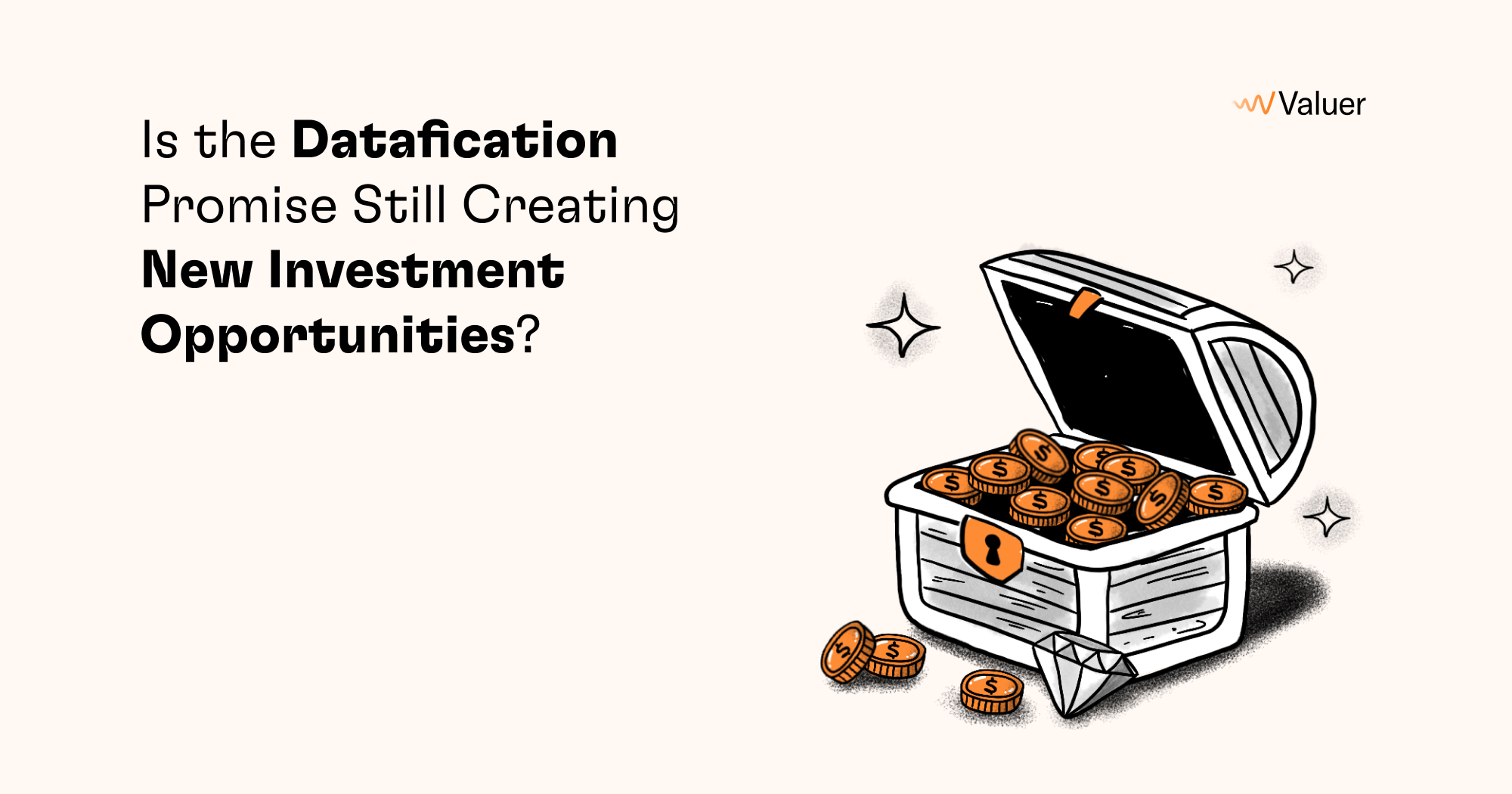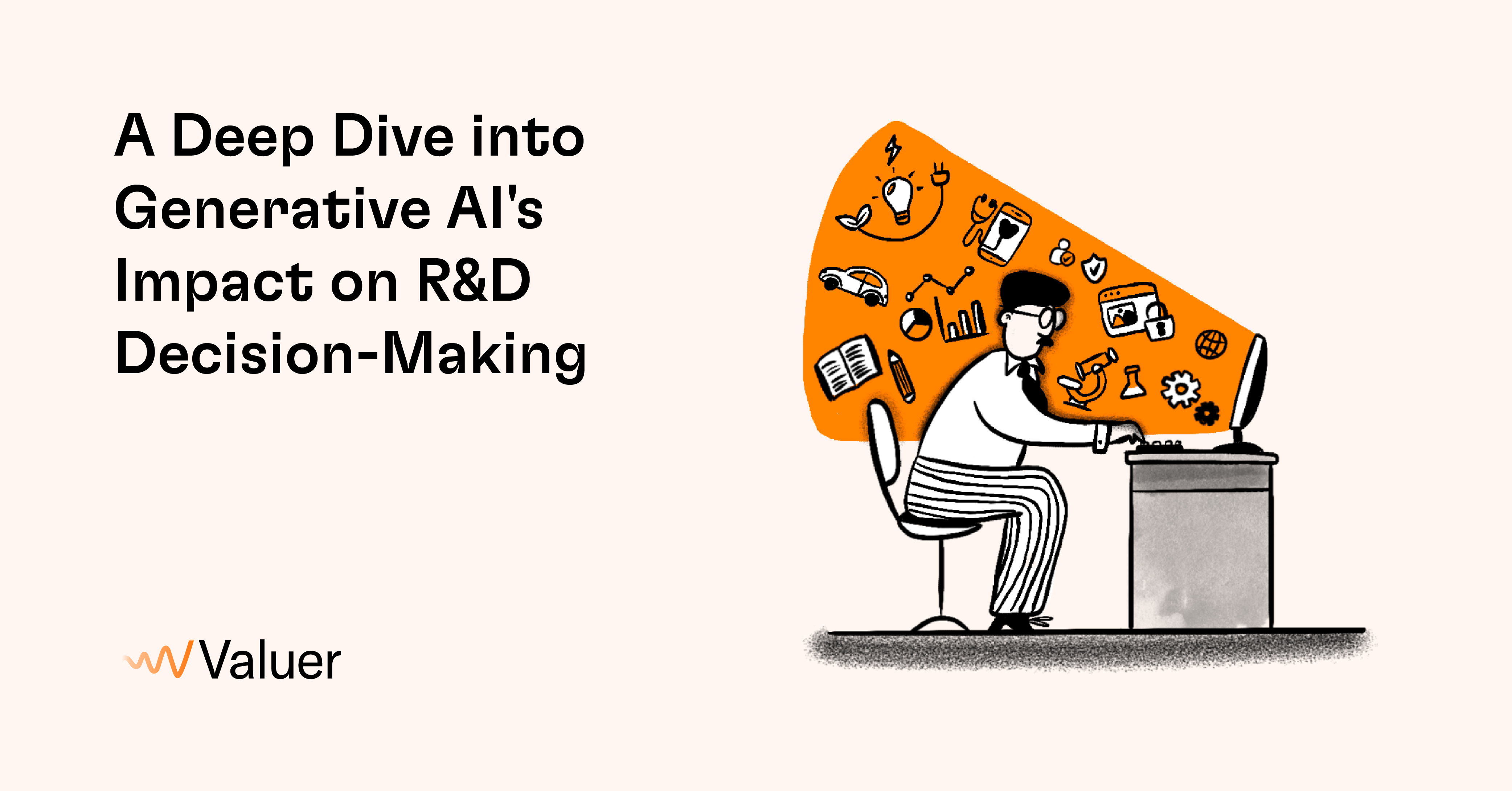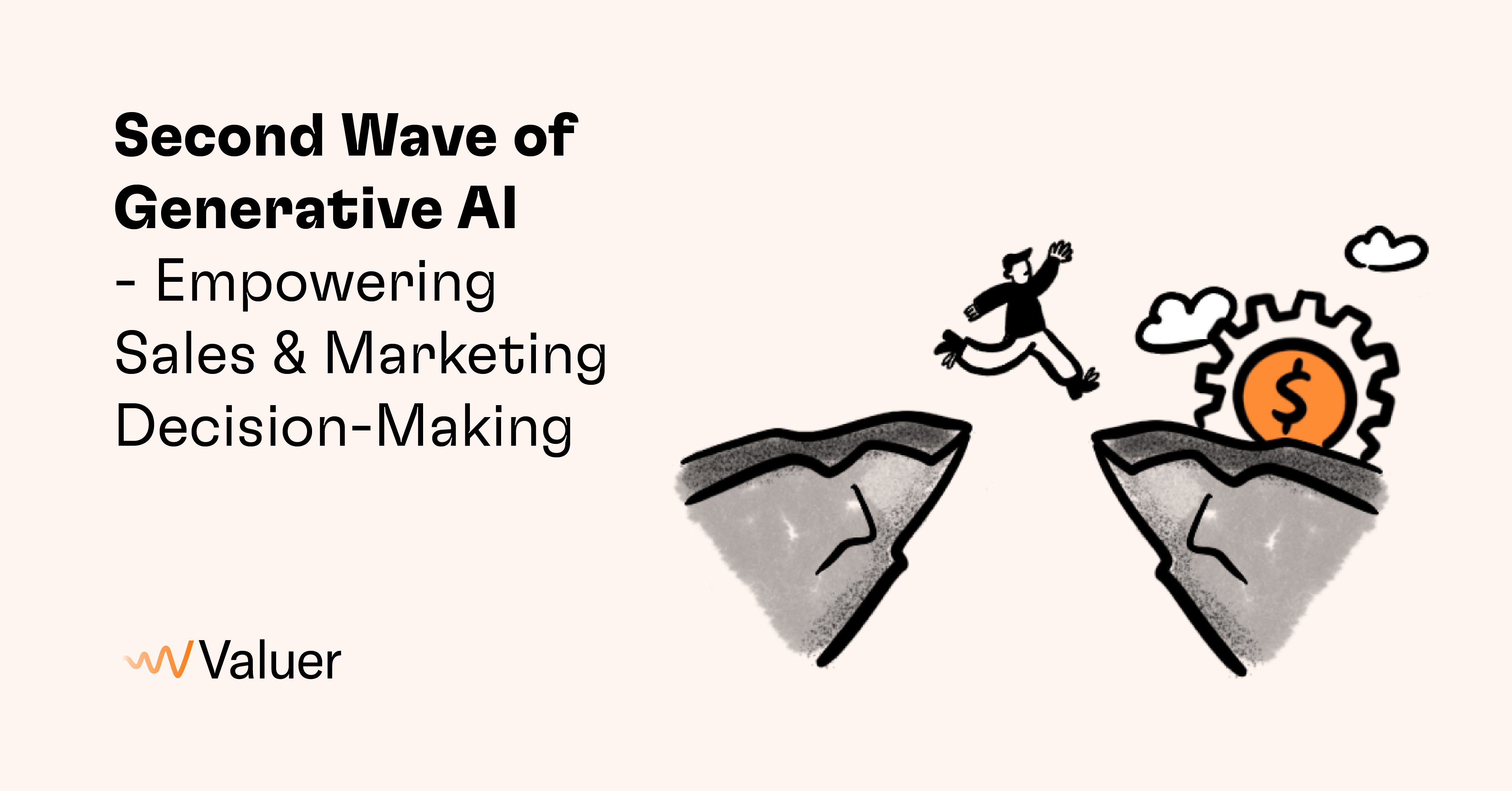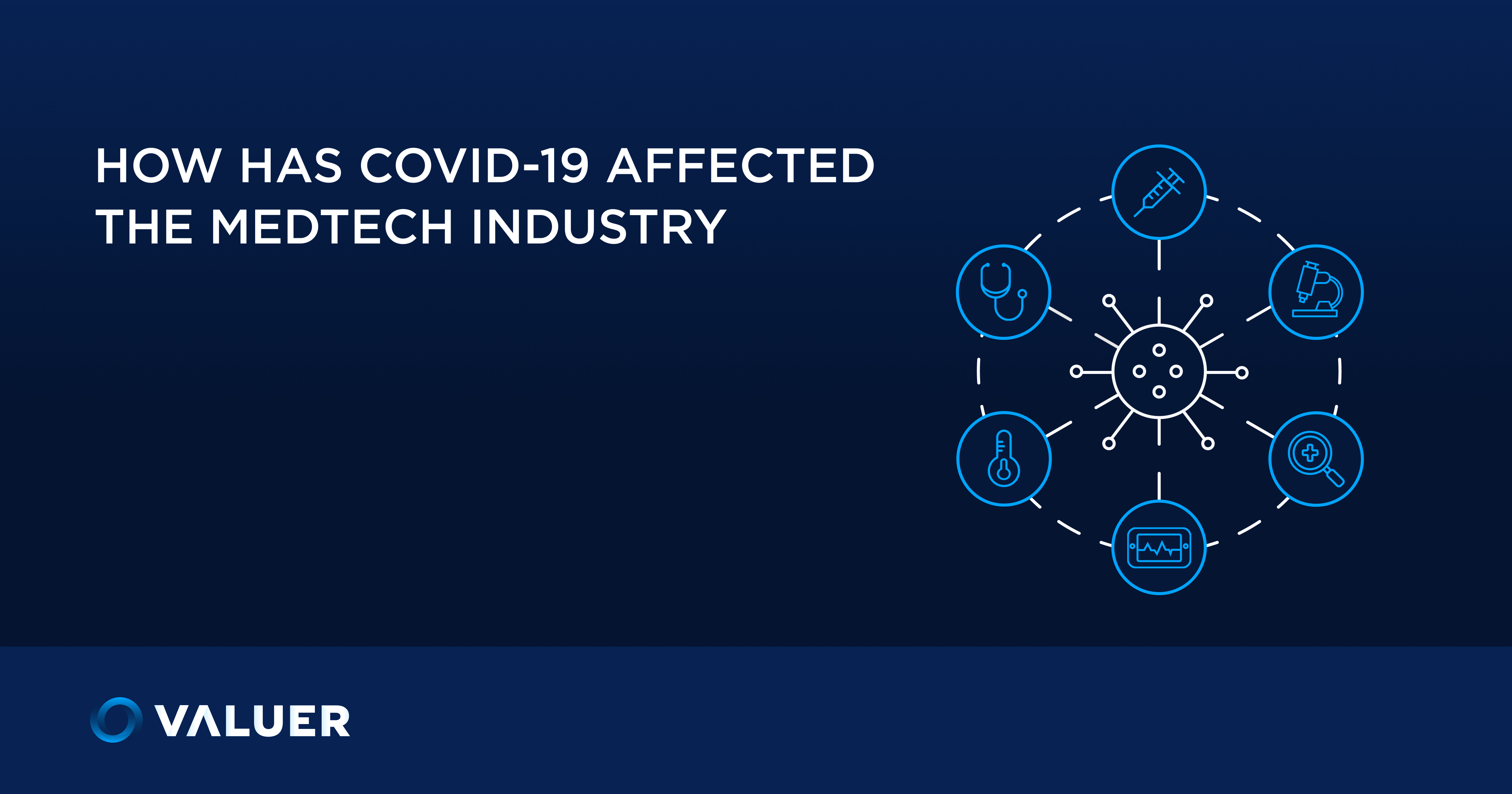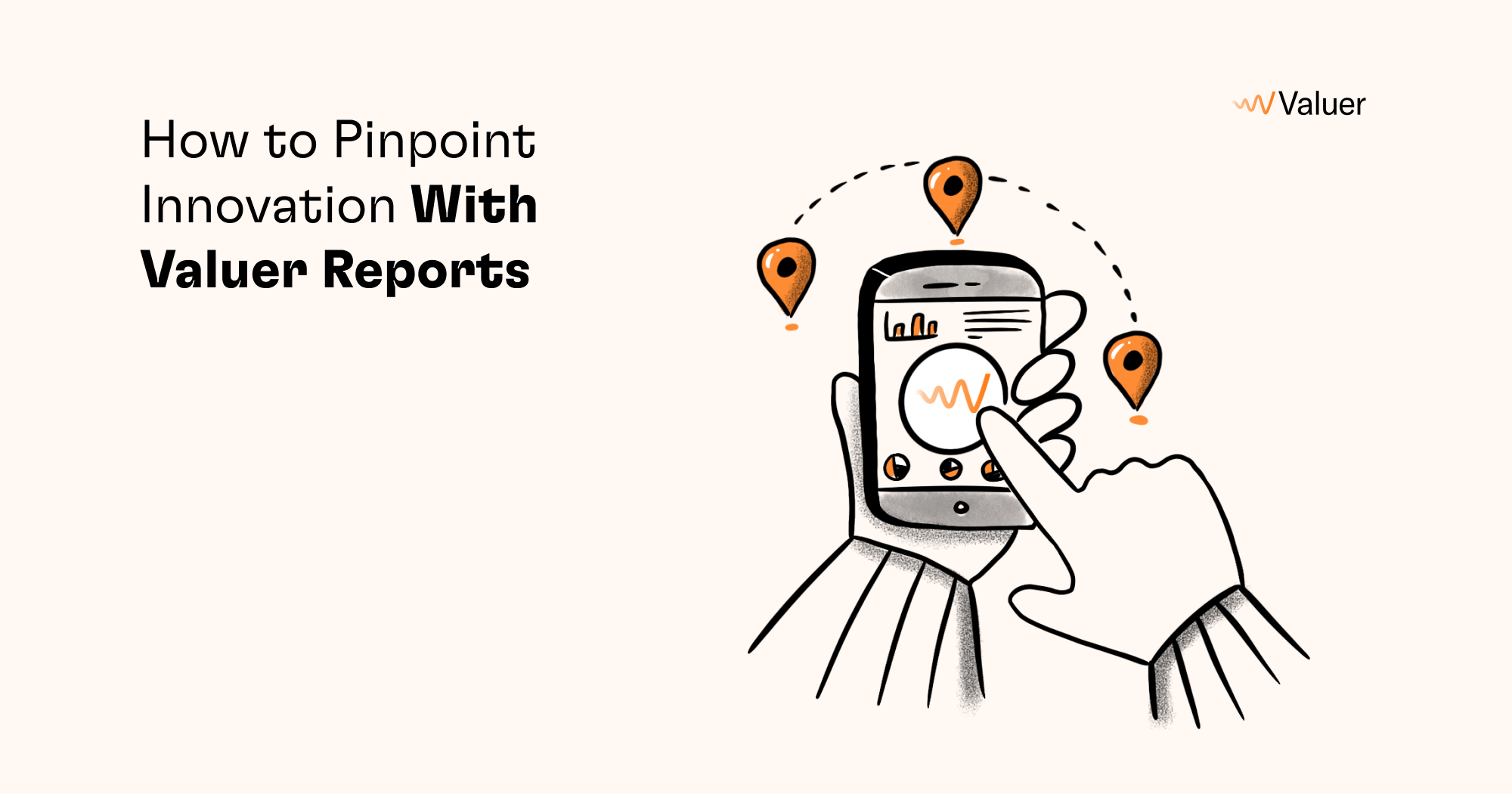Introduction
As enterprises embark on the annual ritual of crafting their operating plans, the infusion of generative AI promises to revolutionise how business units and leadership teams analyse data, make strategic decisions, and allocate investments.

While crucial for setting strategic directions, allocating resources, and defining objectives, the traditional Annual Operating Plan (AOP) process often entails significant resource demands and inefficiencies.
Let's delve into the challenges enterprises face during this annual ritual and how the second wave of generative AI will empower leaders and staff during this mission-critical investment decision-making process.
The Annual Operating Plan Conundrum: Resource Demands and Inefficiencies
Time-Consuming Data Analysis Challenge
Challenge: The AOP cycle demands a meticulous analysis of extensive datasets encompassing internal performance metrics, market trends, and financial data. Manually sifting through this vast information is time-consuming, delaying the decision-making process.
Generative AI Solution: By automating data analysis, generative AI accelerates the pace of information processing. It swiftly extracts valuable insights, allowing decision-makers to focus on strategic interpretation rather than drowning in data.

Complex Scenario Planning
Challenge: Traditional AOPs involve scenario planning and exploring various strategic options and their potential outcomes. This complexity often leads to lengthy deliberations and delays in finalising the strategic direction.
Generative AI Solution: Generative AI introduces scenario simulations that expedite the planning process. It swiftly evaluates multiple scenarios, providing decision-makers with a clear understanding of the potential impacts of each strategy.
Resource Allocation Challenges
Challenge: Allocating resources effectively is a critical aspect of the AOP cycle. However, the manual nature of this process can result in suboptimal resource distribution, hindering the enterprise's ability to maximise returns.
Generative AI Solution: Generative AI optimises resource allocation by analysing historical data, market conditions, and internal capabilities. It recommends strategic resource deployment, ensuring every investment contributes to long-term success.
Siloed Decision-Making
Challenge: Traditional AOPs often suffer from siloed decision-making, where different departments work in isolation, leading to misalignment in priorities and strategies.
Generative AI Solution: By promoting cross-functional collaboration, generative AI breaks down silos. It becomes a common ground for teams to converge, share insights, and collectively make decisions based on a unified understanding of data.
Use Case Simulation: Enhancing The Annual Operating Plan Process for an Enterprise in The Agriculture Sector
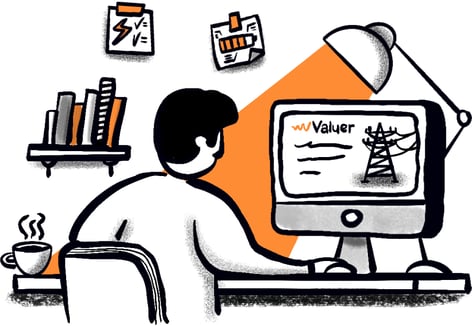
In the heart of the agricultural service sector, where precision and timeliness are paramount, an innovative enterprise is leveraging generative AI to revolutionise its annual operating plan (AOP) cycle. Let's delve into a two-page use case simulation, exploring how generative AI transforms every phase of the AOP for this forward-thinking agricultural services provider.
Yearly Kickoff: Data-Driven Analysis Unleashed
As the enterprise gears up for the annual planning cycle, the traditional data deluge begins. In the past, the process involved weeks of manual data collection and analysis, delaying strategic decisions. This year, armed with generative AI, the enterprise experiences a paradigm shift.
Generative AI swiftly aggregates data from various sources: historical crop yields, weather patterns, market demand, and emerging agritech trends. The AI's data preprocessing capabilities clean, normalise, and structure the information, ensuring a solid foundation for analysis. The leadership team, instead of drowning in spreadsheets, now has a consolidated, real-time view of the agricultural landscape.
Scenario Planning: Exploring Possibilities at Speed
In the scenario planning phase, where different strategies are explored and their potential outcomes assessed, generative AI becomes the enterprise's strategic ally. Traditionally, this stage involved prolonged discussions and a plethora of 'what if' scenarios. With generative AI, these scenarios unfold rapidly, empowering decision-makers to explore possibilities efficiently.
The AI simulates changes in crop prices, unexpected weather events, and shifts in market demand. It not only presents potential outcomes but also suggests optimal strategies based on predictive analytics. The leadership team engages in dynamic discussions, swiftly honing in on the most resilient and profitable plans.

Resource Allocation Optimization: Precision in Every Investment
Resource allocation, a critical aspect of the AOP, traditionally posed challenges in the agricultural sector. Deciding where to invest in technology, equipment, and crop types required deep analysis. Generative AI steps in as a resource allocation maestro.
By analysing historical data, market conditions, and the latest agritech trends, the AI recommends optimal resource allocations. It guides the enterprise on where to invest for maximum yield, ensuring that every dollar spent contributes to short-term gains and long-term sustainability.
Collaborative Decision-Making: Breaking Silos for Agricultural Excellence
In an industry where collaboration across departments is crucial, generative AI becomes the catalyst for breaking down silos. Traditionally, teams from production, marketing, and research worked in isolation during the AOP. Generative AI creates a collaborative space where diverse perspectives converge.
Teams gather to interpret generative AI insights. Marketing gains clarity on expected crop yields, production understands market demands, and research aligns its efforts with emerging trends. The AI fosters a shared understanding, promoting cross-functional discussions that lead to well-informed decisions.
Continuous Learning and Adaptation: Navigating the Agricultural Seasons
In an industry where adaptability is key, lacking it in traditional AOPs was a stumbling block. Generative AI introduces continuous learning and adaptation. As the enterprise progresses through planting, harvesting, and post-harvest seasons, the AI dynamically adjusts its recommendations.
It learns from real-time data inputs—weather changes, market fluctuations, and technological advancements. The enterprise stays agile, adapting its strategies throughout the year based on generative AI insights.
Wrapping up: A New Era of Agricultural Strategic Planning
In this use case simulation, the agricultural services enterprise has embraced generative AI as a game-changer across the entire AOP cycle. From data-driven kickoff to dynamic scenario planning, precision resource allocation, collaborative decision-making, and continuous adaptation, generative AI propels the enterprise into a new era of strategic planning in the agricultural sector.
In this simulated journey, generative AI emerges as the linchpin in transforming the traditional AOP cycle, unleashing the full potential of strategic planning in the agricultural service sector.
Conclusion
Transforming the AOP Landscape The resource demands and inefficiencies inherent in the traditional AOP cycle can impede an enterprise's agility and responsiveness. Generative AI emerges as a transformative solution, addressing these challenges head-on. By automating data analysis, expediting scenario planning, optimising resource allocation, fostering collaboration, and ensuring adaptability, generative AI reshapes the AOP landscape. It turns a once resource-intensive process into a streamlined, efficient, forward-looking strategic exercise.
Valuer's note:
"By adding specialised AI models like the ones we offer at Valuer.ai, Annual Operating Plans no longer need to be a marathon at the end of the fiscal year; they can be a continuous and enhanced sprint towards success. It's a remedy for the inefficiencies that have long plagued strategic planning processes enterprises."
Stay tuned for the next instalment in this series, where we'll dive into "Generative AI and R&D Decision-Making".

